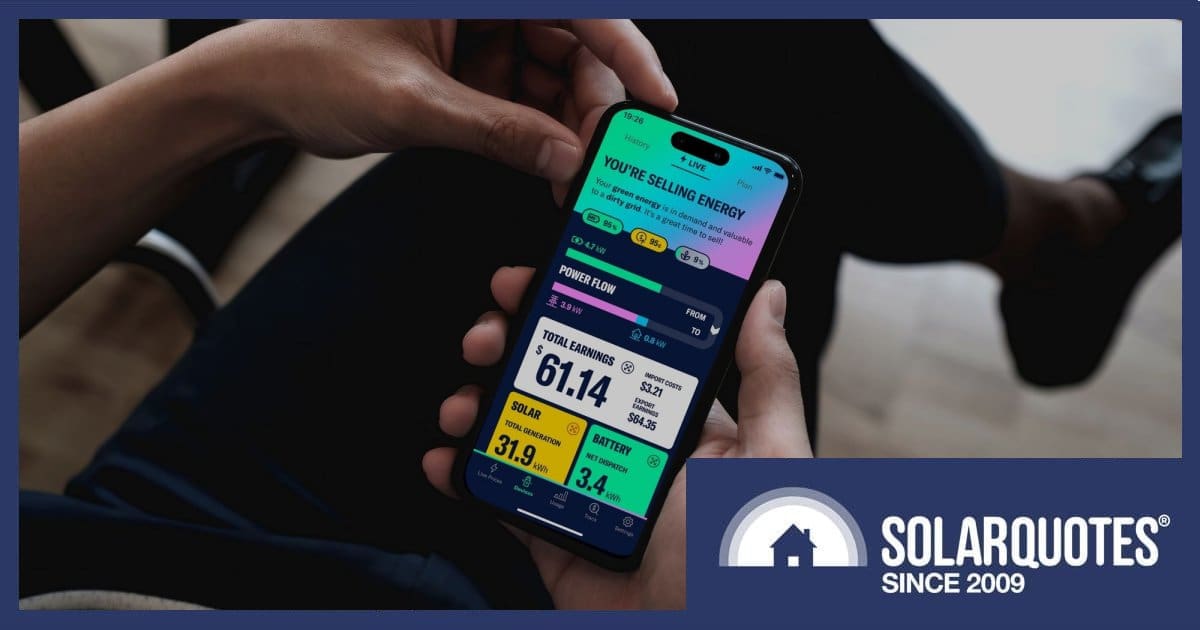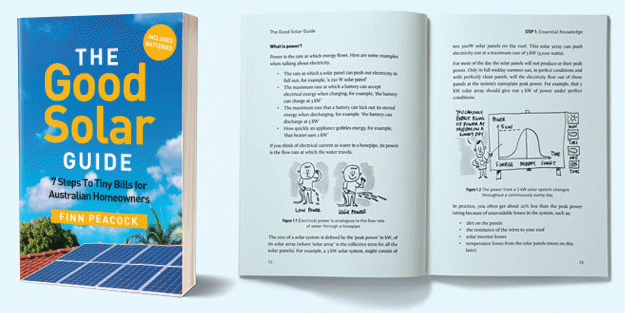Australia’s Amber recently wound up a funding round with $45 million to play with that will be used to grow and expand its battery and EV automation technology services both at home and abroad.
What Is Amber?
Amber is a licensed electricity retailer, but operates very differently to other retailers in Australia. The company connects customers directly to the wholesale electricity market, passing on that pricing without markup. Customers with solar panels and/or batteries also get the full wholesale market rate for their exports, which can be very generous at times. Amber makes its money by charging customers a membership fee of $22 a month currently.
Amber was founded in Sydney in 2016. Initially available in eastern Sydney and Newcastle, the firm then expanded into South Australia. These days it’s also available across more of New South Wales, Victoria, the ACT and South-East Queensland.
Amber’s Next Steps
New Amber investors in this funding round included UK/Europe-based impact investor ETF Partners. There was also further participation from existing backers including Square Peg, Gentrack, Rubio Impact Ventures, and Breakthrough Victoria.
With another $45 million in its kitty, the firm is now gearing up to spread its wings further within and beyond our shores.
Locally, a huge opportunity is presenting given various government home battery incentives on offer, or soon to be — particularly the national Cheaper Home Batteries program that kicks off on July 1.
“With the Australian Government’s new battery subsidy set to boost local demand from July, and global momentum continuing to build behind clean energy, Amber is well positioned to become a key technology provider in the shift toward decentralised, consumer-led energy systems,” states the firm.
Beyond Australia, Amber has already inked a deal with E.ON, which is one of the largest utilities in the UK. An agreement has also been struck with the UK’s Ecotricity, an energy retailer with a green focus. The firm is now setting its sights on accelerating growth across Europe, including licensing its automation software.
“This investment is a huge step forward in our mission to help households around the world take control of their energy, reduce costs, and support the energy transition,” said co-founder and co-CEO, Dan Adams.
Amber’s Not For Everyone
Given wholesale electricity prices are increasingly cratering during the day thanks to renewable energy, signing up for Amber could be a pretty sweet deal. But wholesale prices can also skyrocket outside these times and when there are problems with the grid — for example, when a coal fired power generation unit blows up. While the company offers some safeguards in these events, Amber in this form won’t be for everyone. It’s best suited to electricity customers who can shift their consumption to take advantage of lower prices.
But for those with solar panels, a home battery or EV, Amber can be more attractive. For solar/battery owners, they can get incredibly high feed-in tariffs during wholesale market price spike events. For battery/EV owners, they can also top up when wholesale prices are cheap, zero, or negative — the latter meaning they get paid to use electricity.
The firm claims Amber for Batteries customers are earning $1,000 of additional value from their batteries per year and an $1,000 of value through smart automations; helping to speed up home battery payback.
Like anything, Amber’s a case of horses for courses. SolarQuotes’ Jono has been an Amber customer for more than two years and you can read his 12-month review of Amber here. While that review is from December 2023, he’s still with them today and still happy with the service.


 RSS - Posts
RSS - Posts



We migrated to VIC from SA and AMBER made sense to us. However after 11 months it worked out a lot dearer. The winter rates spiked in June, and we paid really sky high pricing.
Is it even worth getting solar panels now ?
Just get a battery and buy cheap power from Amber/the grid during daytime and export some of it back at night
Happy to hear Finn’s opinion on this 😎